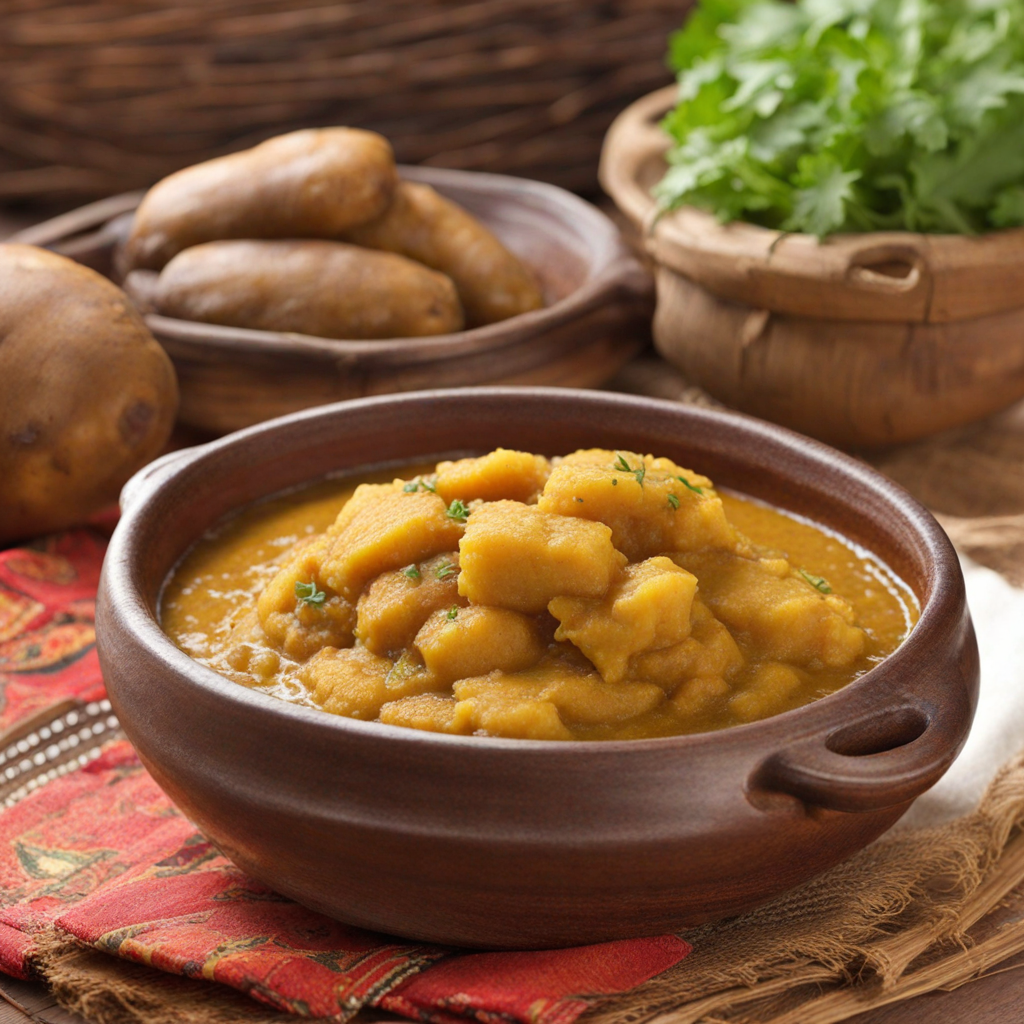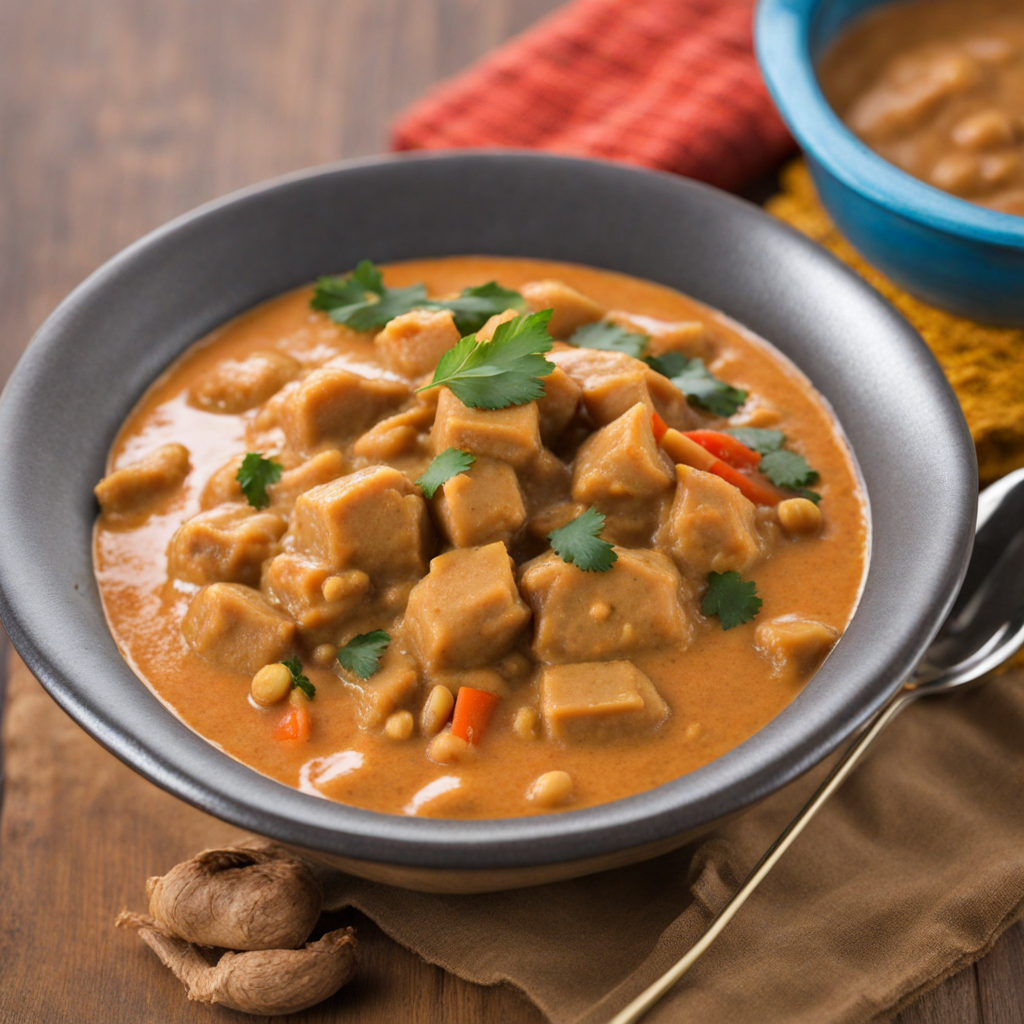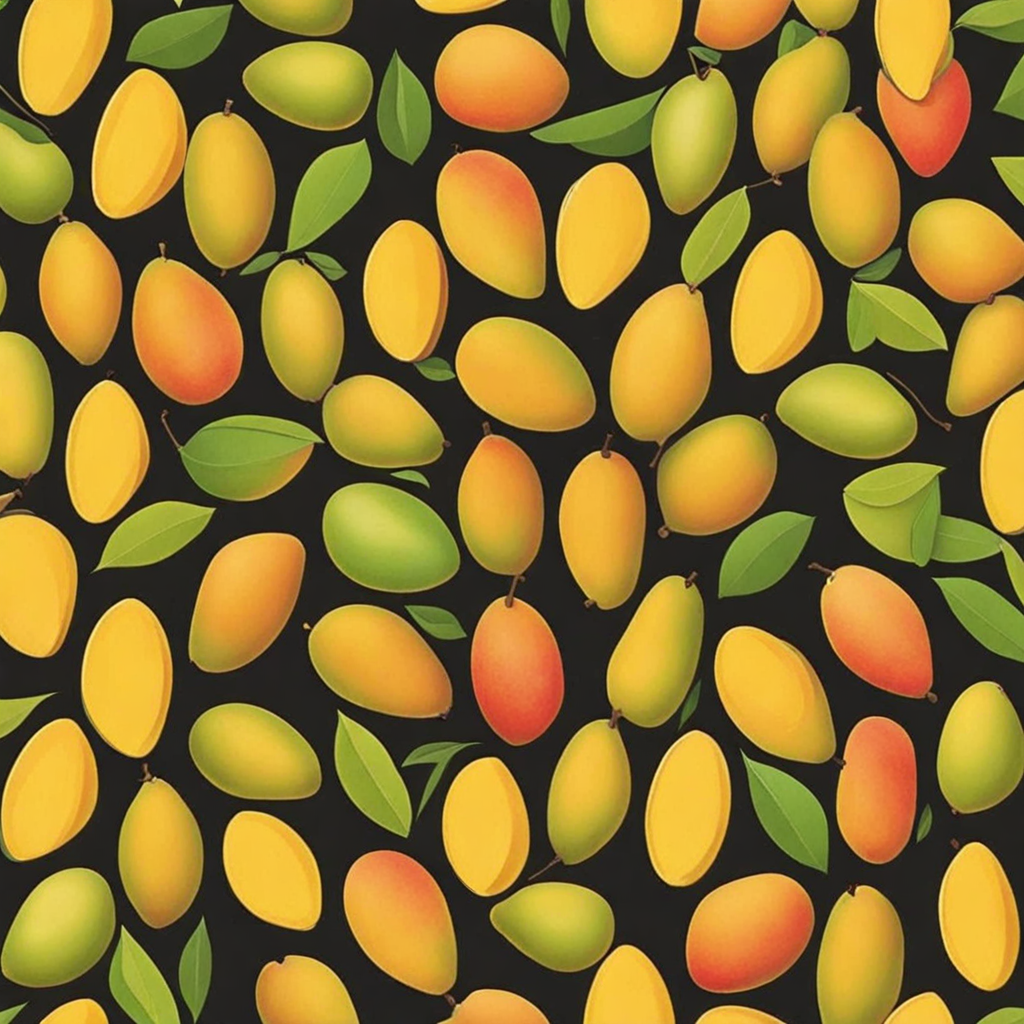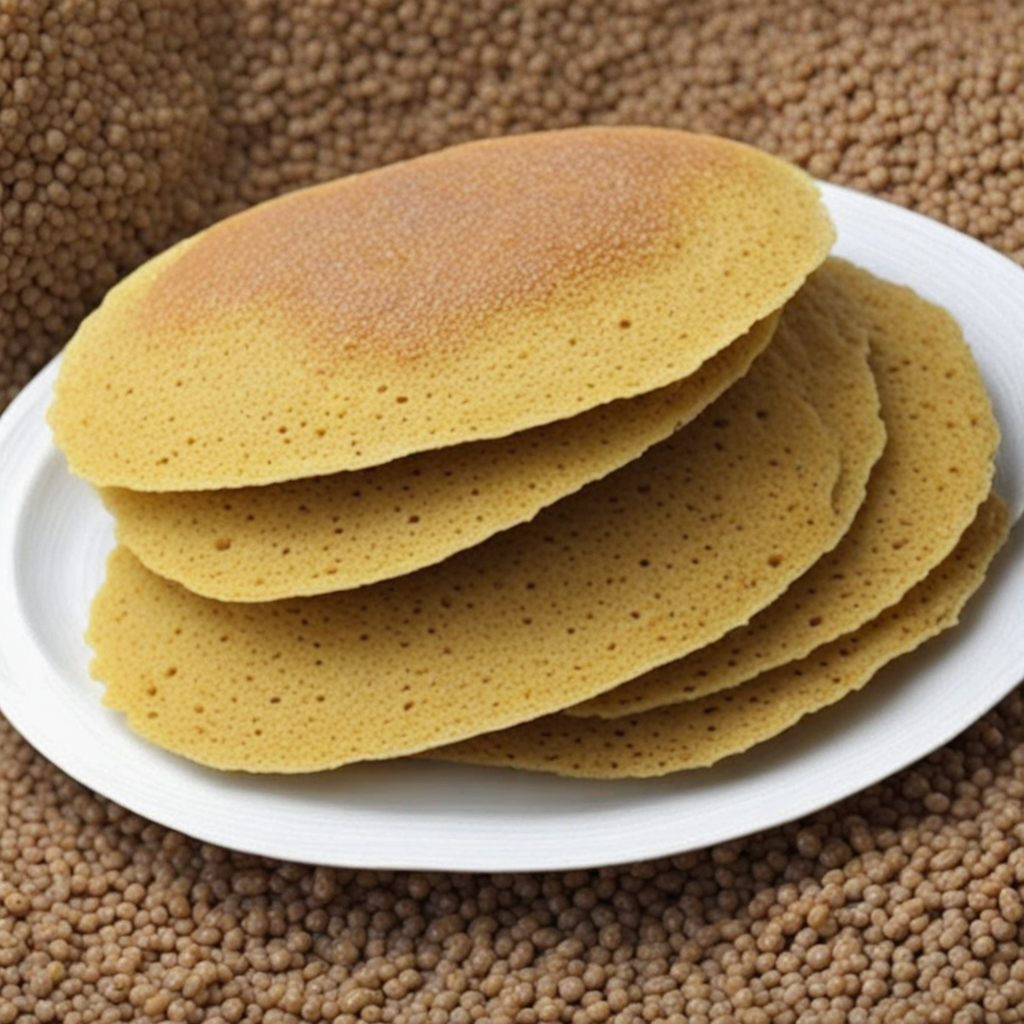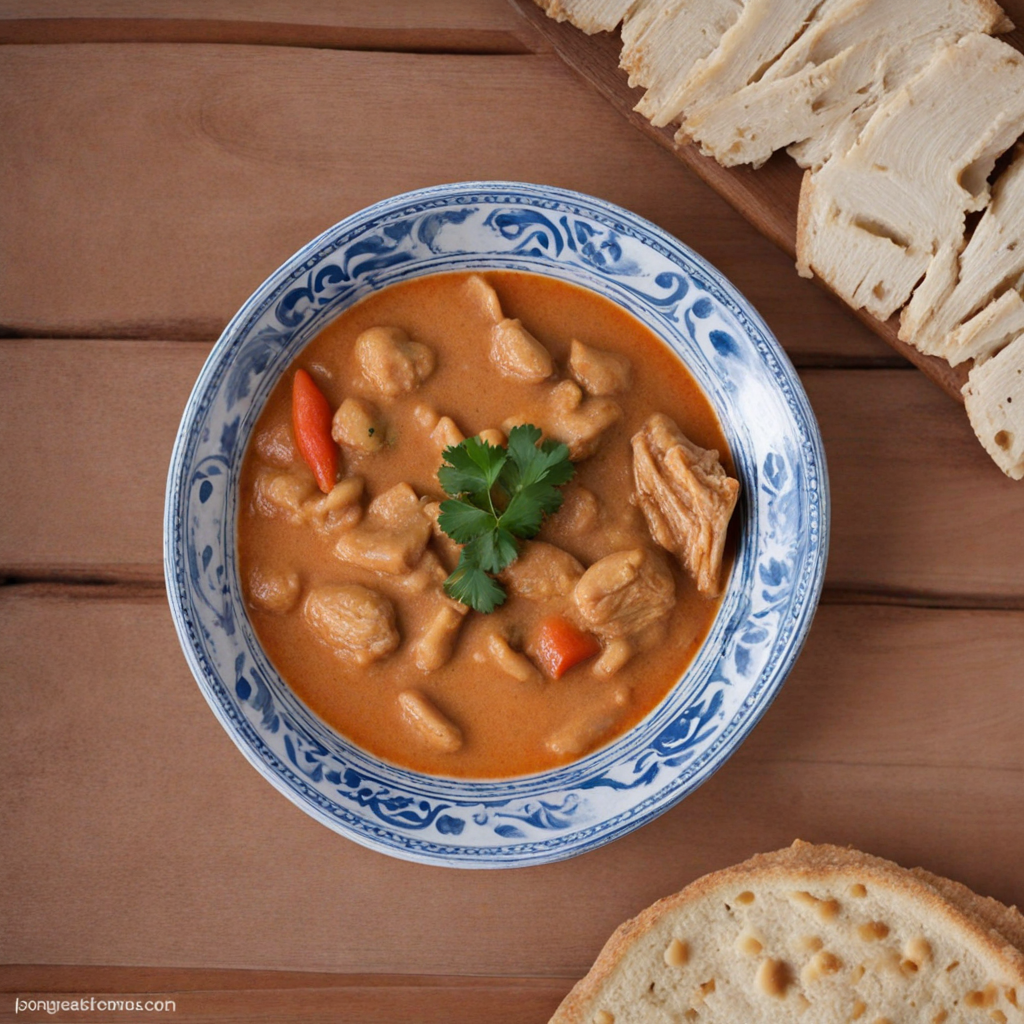Foutou
Foutou is a traditional dish hailing from Mali that showcases the rich culinary heritage of West Africa. At its core, Foutou is made from starchy vegetables, primarily cassava and plantains, which are cooked until soft and then pounded into a smooth, stretchy paste. This labor-intensive process is often done using a mortar and pestle, resulting in a texture that is both chewy and satisfying. The flavor is mild, allowing it to beautifully complement a variety of sauces and stews, making it a versatile staple in Malian cuisine. Typically served as a side dish, Foutou is enjoyed with rich, flavorful sauces, such as groundnut sauce (made from peanuts) or a spicy tomato-based stew. The dish is not only filling but also serves as a canvas for the bold flavors of the sauces, which may include ingredients like onions, garlic, and hot peppers. The combination of the smooth Foutou and the hearty sauces creates a delightful contrast, making each bite an experience of both texture and taste. In Malian culture, Foutou is often enjoyed during communal meals and celebrations, embodying the spirit of togetherness and hospitality. It is typically eaten with the hands, allowing diners to fully engage with their food and each other. Whether you're sampling it at a local eatery in Mali or trying your hand at making it at home, Foutou offers a unique opportunity to explore the flavors and traditions of West African cuisine, inviting you to indulge in its comforting familiarity while expanding your palate.
How It Became This Dish
The History of Foutou: A Culinary Treasure of Mali Foutou, a staple food of Mali and parts of West Africa, embodies the rich history and cultural tapestry of the region. This versatile dish, often made from plantains or cassava, has evolved over centuries, reflecting the agricultural practices, trade routes, and social customs that have shaped Malian society. #### Origins of Foutou The roots of foutou can be traced back to ancient West Africa, where agriculture became a fundamental aspect of daily life. The introduction of plantains and cassava, two primary ingredients in foutou, marks an important agricultural milestone. Plantains were likely brought to West Africa from Southeast Asia, while cassava, native to South America, was introduced through the transatlantic trade routes. The word "foutou" itself is derived from the Bambara language, one of the major languages spoken in Mali. The dish is traditionally prepared by boiling the starchy vegetables and then pounding them into a smooth, stretchy consistency. The technique of pounding, often performed with a mortar and pestle, is a communal activity, emphasizing the importance of social interactions in Malian culture. #### Cultural Significance Foutou is more than just a food; it plays a significant role in Malian culture and social structure. It is often served during special occasions, family gatherings, and celebrations, acting as a unifying dish that brings people together. The preparation of foutou is a communal activity, often involving family members who gather to peel, boil, and pound the ingredients. This process reinforces family bonds and cultural traditions, making it a cherished culinary practice. Moreover, foutou serves as a symbol of hospitality in Malian society. When guests arrive, it is customary to serve them foutou, often accompanied by richly flavored sauces made from groundnut, tomato, or okra. This gesture of sharing food reflects the values of generosity and community, which are deeply embedded in the Malian way of life. The dish also holds a prominent place in the ceremonial practices of various ethnic groups in Mali, including the Bambara, Malinke, and Dogon. For instance, during weddings or naming ceremonies, foutou is often prepared in large quantities to feed the gathered guests. The act of sharing foutou during these events signifies blessings and good fortune for the newlyweds or the child being celebrated. #### Development Over Time As Mali underwent various social, political, and economic transformations, so too did the preparation and significance of foutou. The arrival of different ethnic groups, the influence of Islam, and colonial encounters all contributed to the evolution of this dish. During the Mali Empire in the 14th century, the expansion of trade networks facilitated the exchange of ingredients and culinary techniques. Foutou began to absorb influences from neighboring regions, leading to variations in its preparation. In some areas, for example, foutou is made from fermented cassava, resulting in a sour flavor that adds complexity to the dish. This adaptation highlights the resilience of culinary practices in response to changing environments and influences. The introduction of new ingredients, such as spices brought by traders and colonial powers, also enriched the flavor profile of foutou. Ingredients like chili peppers, which were introduced from the Americas, became integral to the sauces served alongside the dish. The fusion of flavors from various regions illustrates the dynamic nature of Malian cuisine and its ability to adapt over time. In contemporary Mali, foutou continues to thrive as a beloved staple, yet it also faces challenges. Urbanization and globalization have led to shifts in dietary habits, with some younger generations gravitating towards fast food and processed options. However, an increasing awareness of the importance of traditional foods has sparked a revival of interest in authentic Malian cuisine, including foutou. #### Foutou in the Modern Context Today, foutou is celebrated not only in homes across Mali but also in restaurants and food markets, where it is enjoyed by locals and visitors alike. It is often showcased at cultural festivals, where chefs demonstrate traditional preparation methods, emphasizing the importance of preserving culinary heritage. As Malians take pride in their food culture, foutou remains a symbol of national identity, representing the resilience and creativity of the Malian people. Moreover, the globalization of food culture has led to a greater appreciation for traditional dishes like foutou beyond the borders of Mali. Ethnic restaurants around the world now serve foutou, introducing international diners to the flavors and customs of Malian cuisine. This exposure not only promotes cultural exchange but also helps to sustain local agricultural practices by creating demand for traditional ingredients. #### Conclusion Foutou is more than a dish; it is a testament to the rich history, cultural significance, and evolution of food in Mali. As a staple that has endured the test of time, it reflects the agricultural practices, communal values, and adaptability of the Malian people. From its origins in ancient agricultural societies to its status as a symbol of hospitality and community today, foutou remains a cherished part of Malian identity. As Mali continues to navigate the complexities of modern life, the tradition of preparing and sharing foutou serves as a reminder of the importance of cultural heritage. In a world that is rapidly changing, the story of foutou underscores the need to celebrate and preserve the culinary treasures of our past while embracing the future. Whether enjoyed in a bustling market in Bamako or a cozy kitchen abroad, foutou will always hold a special place in the hearts and stomachs of those who appreciate the rich flavors and traditions of Mali.
You may like
Discover local flavors from Mali



